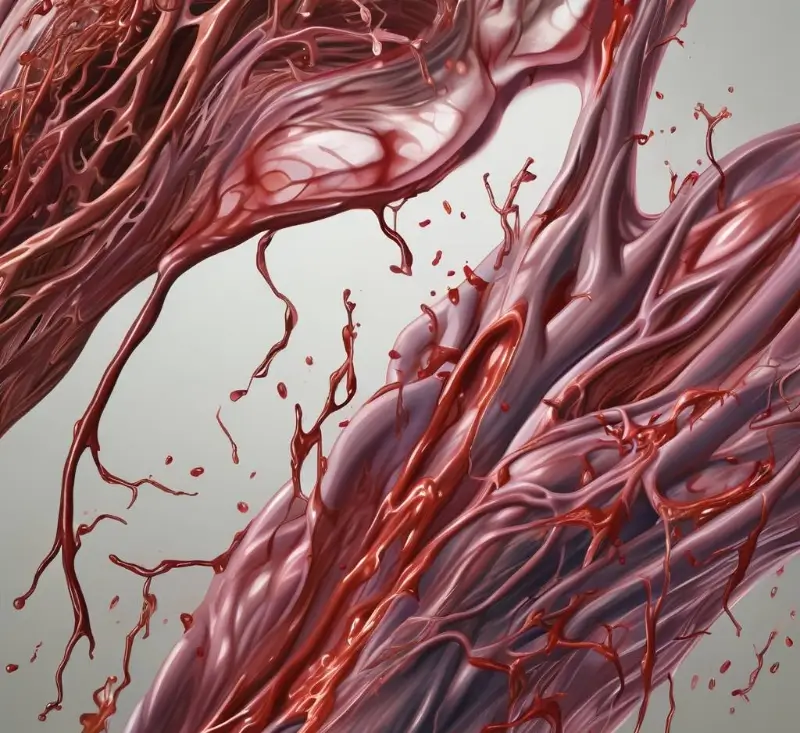why does blood keep flowing?
The continuous flow of blood is essential for the body to function properly, and it is maintained by a complex system involving the heart, blood vessels, and regulatory mechanisms. Here’s a simplified explanation of why blood keeps flowing:
- Heart Contractions: The heart contracts and relaxes in a rhythmic pattern called the heartbeat. When the heart contracts, it pumps blood out of the chambers and into the arteries. This forceful ejection of blood creates pressure, which propels the blood through the circulatory system.
- Arterial Pressure: The force of the heart’s contractions generates high pressure in the arteries, which helps to push the blood forward. As the blood moves away from the heart, the pressure gradually decreases, but it is still sufficient to maintain the flow of blood.
- Vascular Resistance: Blood flow is also influenced by the resistance encountered in the blood vessels. The diameter of the blood vessels, known as the vascular resistance, can be adjusted to regulate blood flow. Constriction of blood vessels increases resistance and slows down blood flow, while dilation decreases resistance and allows for faster flow.
- Venous Return: Veins carry deoxygenated blood back to the heart. The veins have one-way valves that prevent backflow and help to ensure that blood moves only towards the heart. Muscle contractions, especially in the legs, also assist in pushing blood back to the heart against gravity.
- Autoregulation: The body has several mechanisms to autoregulate blood flow. For example, when certain tissues require more oxygen, such as during exercise, the blood vessels supplying those tissues dilate to increase blood flow and deliver more nutrients and oxygen.
- Hormonal Regulation: Hormones such as adrenaline and noradrenaline can increase heart rate and constrict or dilate blood vessels, thereby affecting blood flow.
- Baroreceptors and Chemoreceptors: Specialized cells called baroreceptors monitor changes in blood pressure, while chemoreceptors detect changes in chemical concentrations, such as oxygen and carbon dioxide levels. These receptors send signals to the brain, which then adjusts heart rate, contractility, and blood vessel diameter to maintain optimal blood flow and blood pressure.
Overall, the interplay between the heart’s pumping action, the pressure within the blood vessels, the resistance encountered by the blood, and the body’s regulatory mechanisms ensures a steady flow of blood throughout the circulatory system, supplying oxygen, nutrients, and hormones to all parts of the body.



